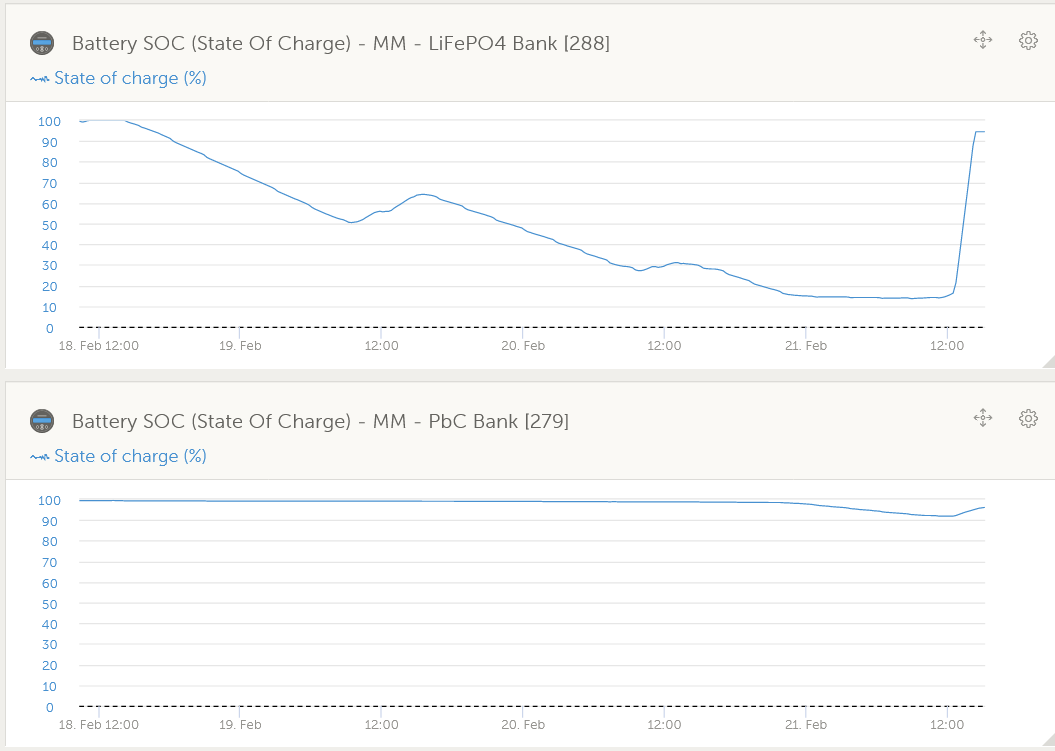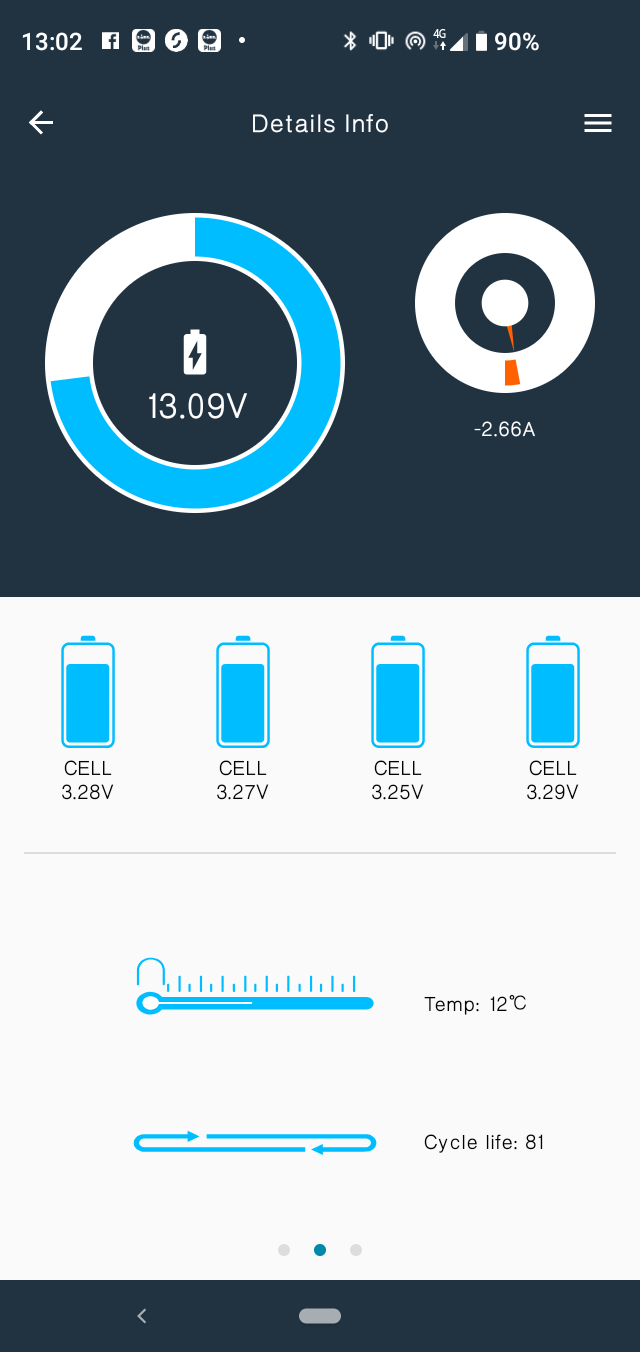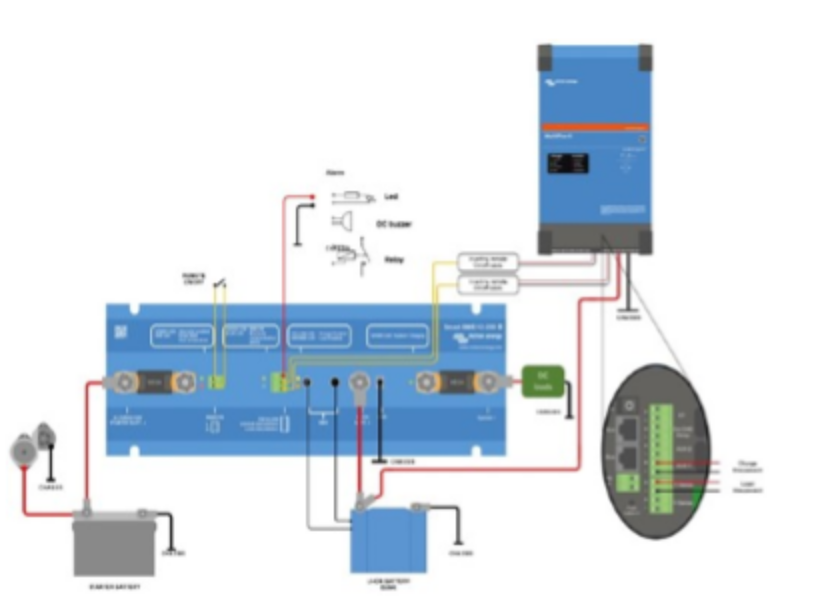Serious question, please bear with me.
It seems that some boaters are supplementing tired AGM batteries with extra LiFePO4 batteries in parallel. My understanding is that this shouldn't be done. But I hear that many are pleased with the results.
So
Are there any gains?
Are there drawbacks?
Are they fooling themselves?
Are there any dangers involved?




 81 cycles recorded. That battery will outlive me!
81 cycles recorded. That battery will outlive me!
